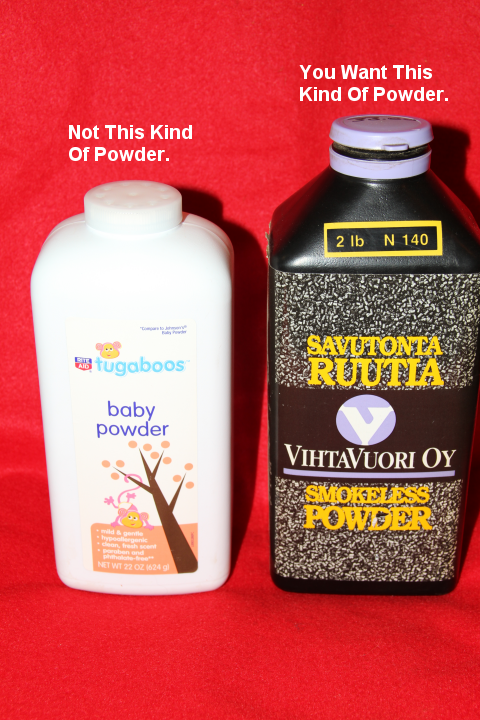The books themselves would be called a manual
The reloading tables aka Information in them would be reloading data.
There is also a great deal of reloading process, procedures and information on powders (hint) and bullets, what the types[e are, what they are used for, why they vary. So, a lot of good information.
As for powders, as Unclenkick noted, they act different, fast ones work in pistols (and shotguns) and the bigger the round the slower the powder (mostly, there are reduced loads )
What can look like it would translate from two cases that look similar does not.
Some powders work well in small cases and then again are viable in larger ones.
The manuals list alternatives as some shoot better in a given gun, and it gives you a choice of what may be available when the other(s) are not.
With some searching, you will find things like
Hogden and Imr 4350 tend to shoot good in 30-06
It also a 270 go to powder.
Ditto 4831 (those are old proven ones and all SC stands for is short cut which feed a bit better through dispensers)
The latest rage is temperature stable powders, Hogden choose to say with their standard designation.
IMR has changed that, what I shoot in 30-06 they call 4451 Enduron (temp stable I believe and cleans out copper to some degree)
Tell us what you want to re-load for and you can get powders that have been proven to work well across a range.
Usually better to start with the known performers, get up to speed and then experiment with others if you want.
Always start low. The wisdom is at the bottom. If its a real narrow range yes, if not, someplace between he lowest and the mid range is where I start.
And read up on pressure signs and stop at the first hint of one.
Hornady 10 (X) is the best current one to get, it has the two you are asking about and the most of the current powders.
Sierra is also good and I believe has the data on both but its getting a bit dated though I would get both, Sierra has a wide range of powders listed for each cartridge as does Hornady, the two best in my opinion.

